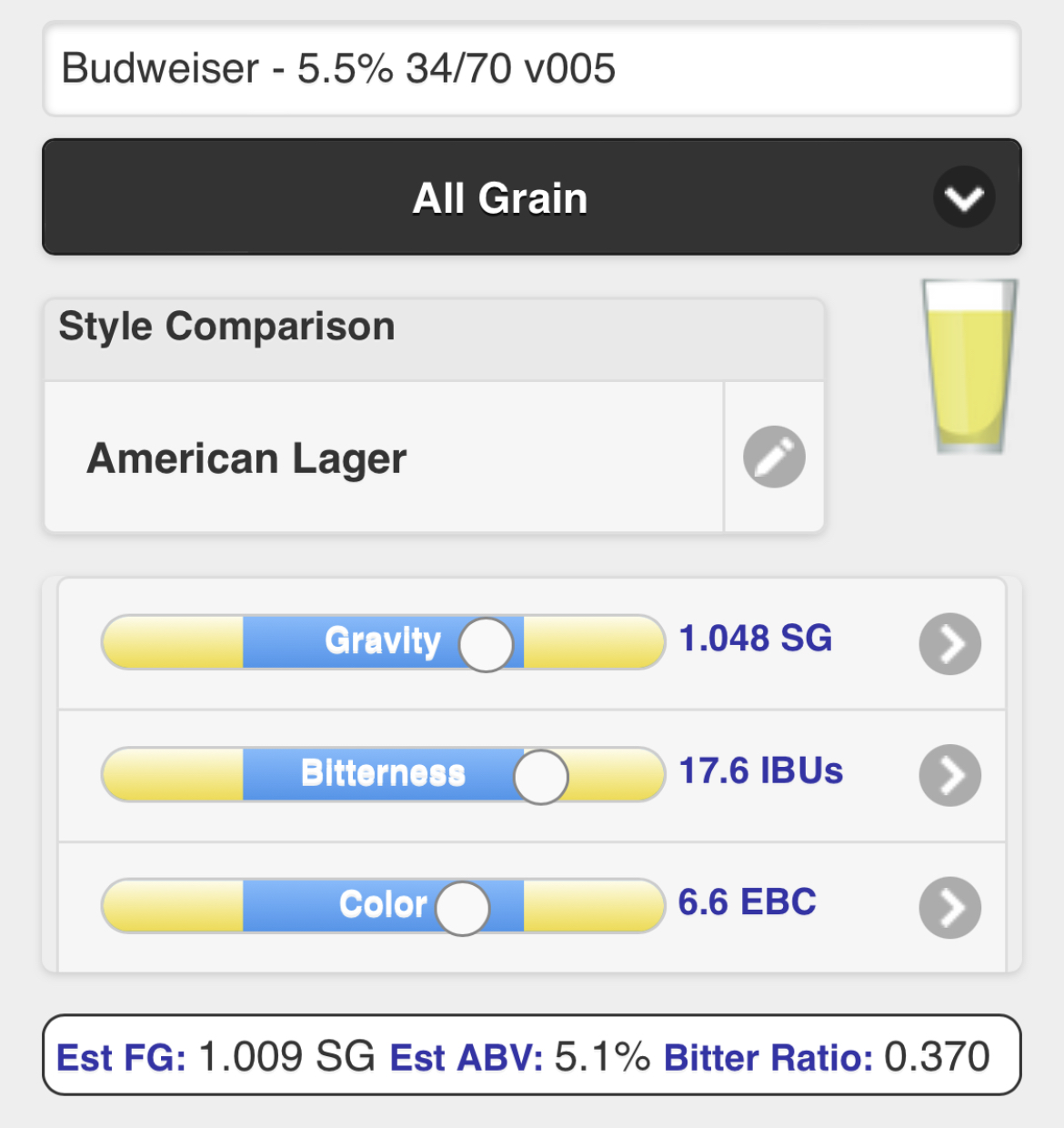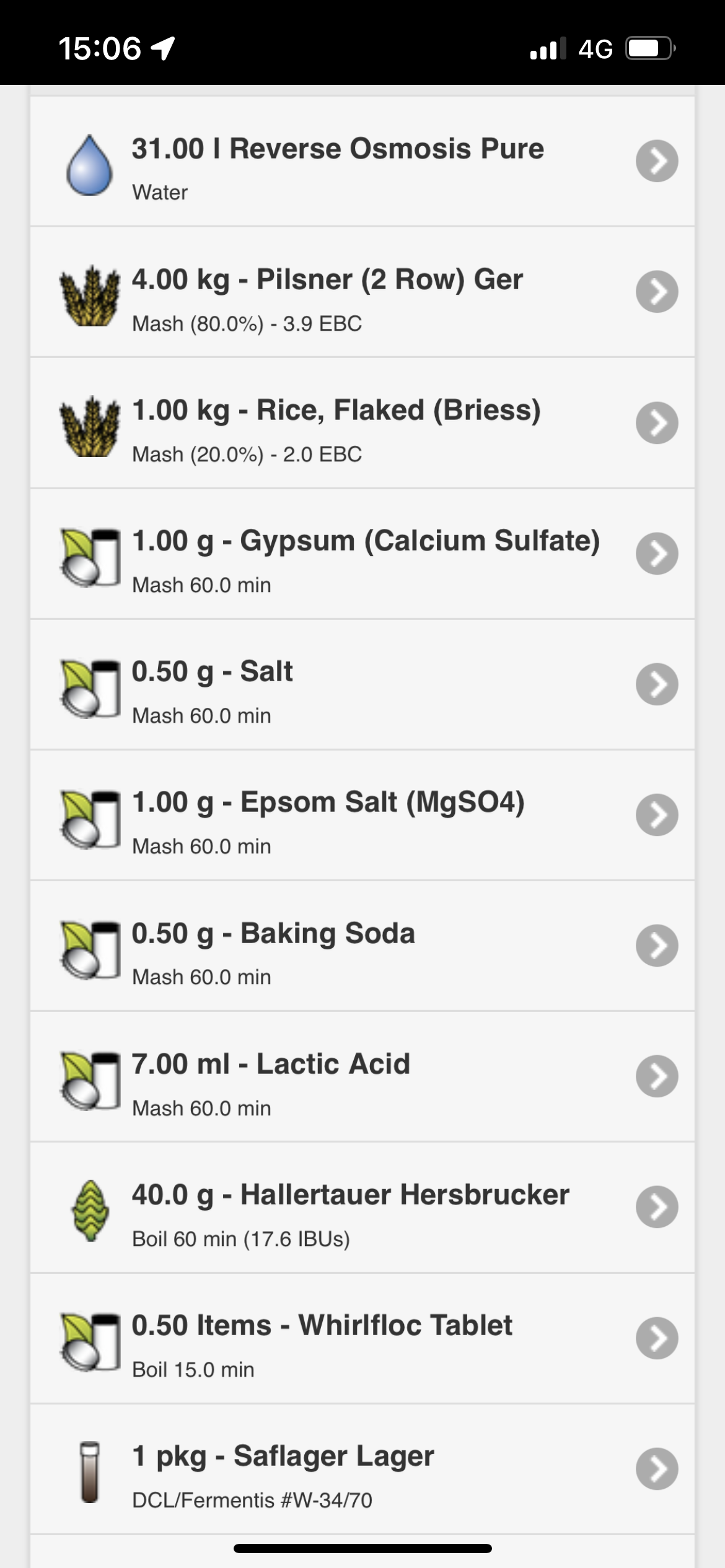@RoyalGallon
Well-Known Member
I’ve tried 3 times now to brew a really clean crisp American lager, but I’m really struggling with a fruity ester flavour instead of a clean nothingness from the yeast I want.
The obvious culprit is fermentation temperature however I’m happy that I have this controlled. I’ve been holding at 11C through the ferment in a glycol chilled Grainfather conical.
The second obvious culprit could be pitch rate. Here I’ve pitched a 34/70 starter of 3L into a 21L brew. This I’m less confident about.
What other areas would people recommend controlling or looking at to get rid of the esters?
The obvious culprit is fermentation temperature however I’m happy that I have this controlled. I’ve been holding at 11C through the ferment in a glycol chilled Grainfather conical.
The second obvious culprit could be pitch rate. Here I’ve pitched a 34/70 starter of 3L into a 21L brew. This I’m less confident about.
What other areas would people recommend controlling or looking at to get rid of the esters?



















































![Craft A Brew - Safale S-04 Dry Yeast - Fermentis - English Ale Dry Yeast - For English and American Ales and Hard Apple Ciders - Ingredients for Home Brewing - Beer Making Supplies - [1 Pack]](https://m.media-amazon.com/images/I/41fVGNh6JfL._SL500_.jpg)








